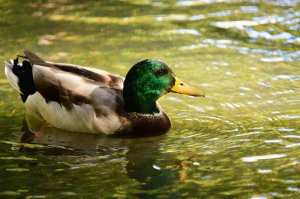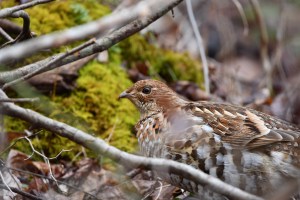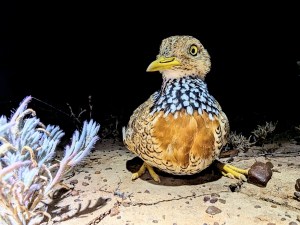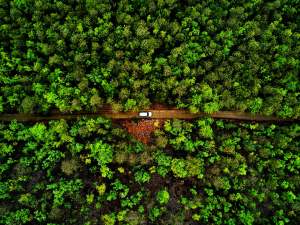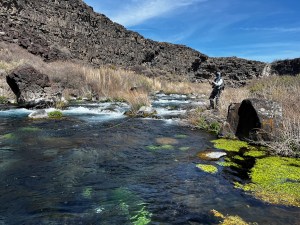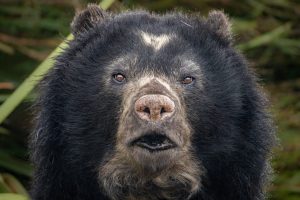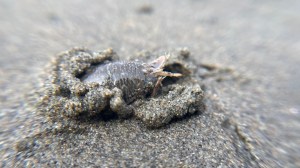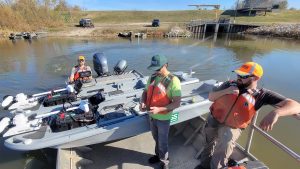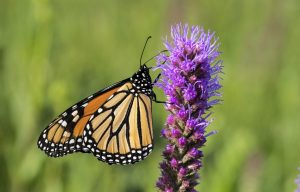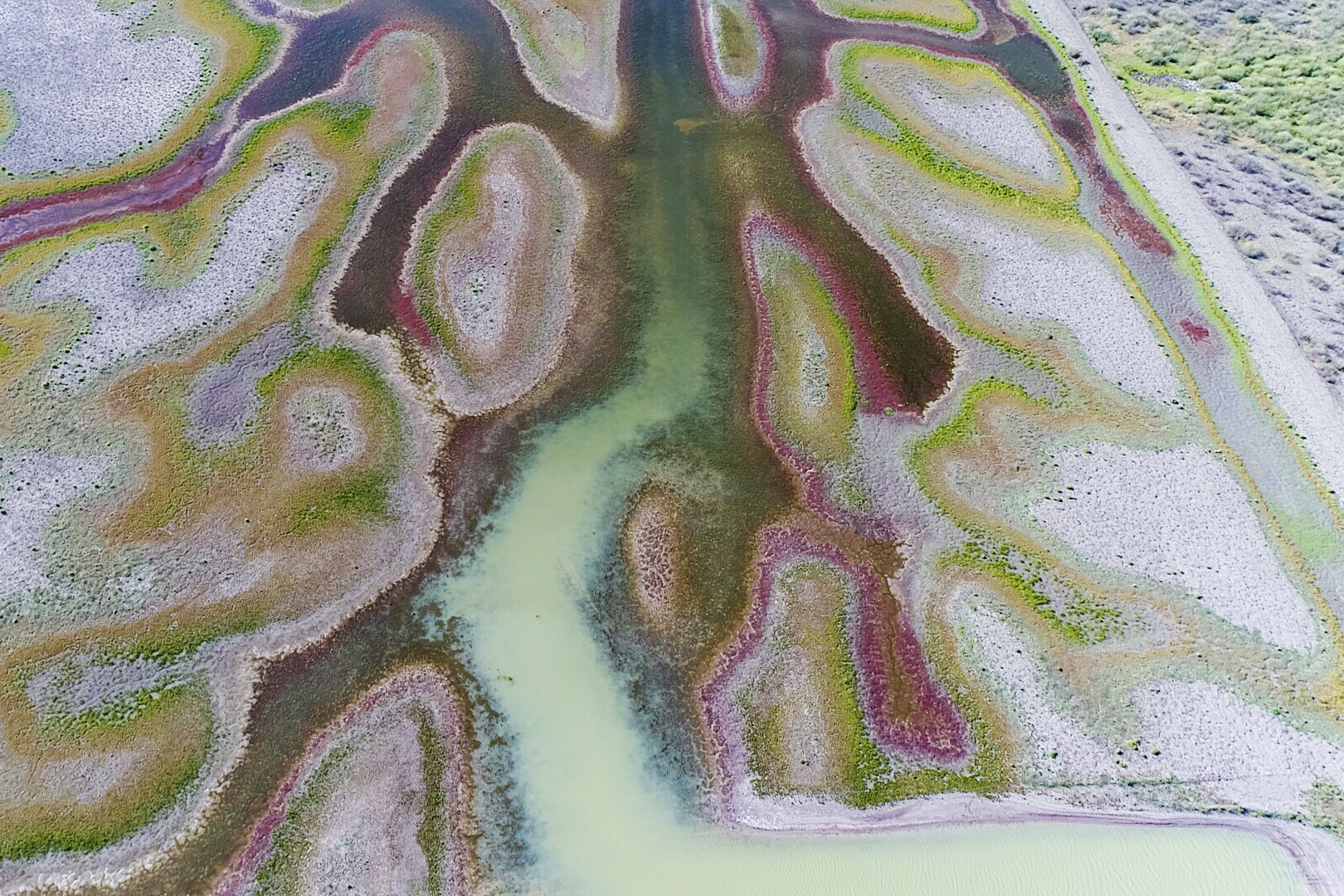
Connect with Nature
Our stories bring nature to you… in your backyard, a nearby park, and around the world. From wildlife to wild places, follow your curiosity and explore with us.
Find Wildlife
Is that a coyote? Our tips for how to find, identify, & understand wildlife.
Terms

On “Trash” Birds: Rethinking How We Label Common Species
Why trash birds is a trash term.
A Bird’s Eye View: Drones Search for Grassland Birds in Colorado
At The Nature Conservancy’s Carpenter Ranch Preserve, drones assist in the search for grassland birds.
A Partnership for a Healthier Appalachian Forest
Restoring a healthy Appalachian forest has many benefits, for wildlife and local communities.
Protecting the Plains-wanderer, Australia’s Odd Inland Shorebird
Grazing lands can help protect one of the most unique — and endangered — birds in the world: the Australian plains-wanderer.
California Quail: Encounters with a Suburban Gamebird
Many bird species are declining, but the California quail is thriving in farm fields and suburbia of the western United States. Here’s a look at the life and times of this charismatic bird.
Young Forests Are an Overlooked Climate Solution
New research by TNC scientists provides the first detailed picture of the carbon removal value of naturally regrowing forests
Explore Outdoors
Explore nature near you & the places where TNC works.

Cool Green Summer Book Review 2025
Whether you bird or fish or love the beach or just love a good story, our summer book review has something you’ll love.
Sun on the Water: How to Plan for a Renewable Energy Future That Floats
The expansion of floating photovoltaics could provide renewable energy while also sparing land. But there are still many unknowns.
Exploring Idaho’s Thousand Springs Region
Crystal clear springs in southern Idaho, a legacy of Nature Conservancy protection efforts, are home to endemic species and offer outstanding recreational opportunities.
Meet the Spectacled Bear: South America’s Only Bear
South America’s only bear species is under threat from habitat loss, fragmentation, and hunting. Scientists are working hard to study—and protect—this remarkable species.
The Overlooked Biodiversity of Appalachian Caves
The cave habitats of Tennessee and Kentucky have species that most will never see. Here are some of the unusual creatures found there.
Meet the Mole Crab, a Common and Surprising Beach Creature
Get up close with a fascinating crustacean you can find (and catch) on your next trip to the beach.
Know Your Nature
Stories that satisfy your curiosity about the natural world.

Minimizing Tradeoffs Between Crop Yields and Climate Benefits
Research pinpoints where regenerative agriculture practices can have the most benefits for climate change mitigation and crop production.
A Kayak in Search of a Fish
In a historic Illinois wetland, a team tackles invasive carp using uncrewed small boats
Meet the Civet, the Mammal Behind the Coffee
Beyond the coffee, how much do you know about civets? They are incredibly cool mammals you really should know.
Chasing Unicorns: A Photographer’s Journey Documenting Rhino Conservation
Photographer Ami Vitale travels to Kenya to cover the translocation of 21 endangered northern white rhinoceros to TNC partner Loisaba Conservancy.
Pit Stops on the Monarch Flyway: Arkansas Partnership Benefits Pollinators
Restoring pollinator habitat on TNC Preserves to provide critical stops for monarch butterflies to nest and feed.
Camera Trap Chronicles: Rattlesnakes and Howling Coyotes
And more. Coming to you from TNC’s Bridgestone Reserve in central Tennessee.
